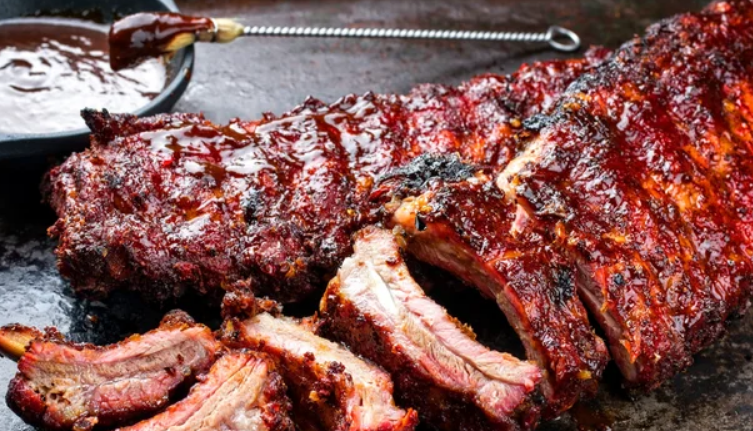A steak or roast is great, but some cuts just don’t have the same level of mouth-watering deliciousness as a plate of ribs. Tender meat falling off the bones with a delicious sauce or rub is a great way to enjoy a meal. Plus, ribs come in a variety of types and styles, from tender beef short ribs to pork rib tips.
That’s why it’s helpful to consider how the source animal affects the preparation. Both pork and beef ribs are flavorful cuts, but there are some clear differences. The most basic difference is the amount and distribution of fat. Beef ribs have thicker meat, with each bone typically being about twice as long as its own width. They also have more fat, usually marbled and throughout the meat. This fat renders and absorbs into the meat during cooking, resulting in a tender and flavorful result.
In contrast, pork ribs come as a full rack, with evenly spaced bones that are three to six inches long. They have a more balanced flavor and only a slightly porky taste. They are a popular choice for affordable meal prep, and they also do well on the grill, making them a favorite for BBQ ribs.
What are beef ribs?
The meat is spread over a 13-bone rack, the beef ribs are miles of several different cuts. They are divided into three main rib areas: chuck, plate, and back. Favorite short ribs, sometimes served boneless, come from these two areas—the chuck and the plate. Covering the first ten bones, they have several names popular among butchers.
They can be cut into individual bones, such as flanken, English-cut ribs, and Korean-style cutting. Alternatively, each area can be placed in a complete bone bar to achieve a traditional ribbed structure. And to make preparation easier, ribs are usually cut in half lengthwise. In addition to the short ribs, the center portion of the plate is also beautifully carved, best prepared like any other steak.
However, the classic barbie’s signature beef ribs are obtained from the back. Hence the name Back Ribs, this rack is low in meat but high in fat. Consequently, it is an ideal match for affordable manufacturing.
What are pork ribs?
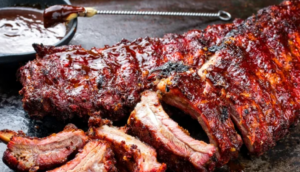
Unlike beef ribs, pork ribs have fewer cuts. All are served as long racks, which include pieces of fat, cartilage, and bone. Generally, they are divided into three types: baby back, St. Louis style, and spear ribs.
The leanest large cut is the baby back, which comes from the tenderloin’s close ribs. Wrapping delicious pork meat around thin bones, they are ideal for half-scale and slow cooking methods, especially for smoking. Pork ribs in the shape of a postcard, this cut of meat you should prepare with Tandoor 3-2-1 barbecue recipe.
Conversely, spare ribs are sourced from the bottom, just above the fat pork belly, and have more fat and flavor than other offerings, but at the expense of more cartilage and other cuts.
If you want a neat seventeen-image look of this ribs kit, turn to St. Louis Style Ribs. By cutting away the cartilage and fat, a perfectly shaped rack is created that is ready for many applications. With some fat content, they are also suitable for grilling or baking.
While grilling is a particularly popular option for all pork ribs, there are delicious preparation methods and recipes ready for all three.
Pork and beef ribs contain different fat contents
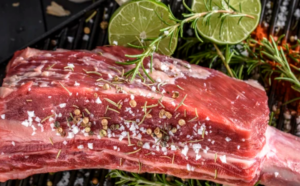
Especially in the use of slow preparation, the amount of fat is a large differentiation of two kits. Although the pork usually has a thick jamming, the ribs are lane cut. There is also some variation between the three varieties of ribs and the pork breed, but only the Reds of the Lord are especially fat-filled. As a result, pork ribs do not taste bitter, and it is reminiscent of pork chops. Of course, meat contains enough fat so that the meat can be juicy.
Their beef companion has a lot of fat. Whether it is pieces of short ribs or a bony rack, sunken fat bunches are easily visible. They are also found on the outer parts of meat and in batches in meat, it is considered a feature of meat. It is also an essential flavor standard feature of beef; the fat cooks and gives it excellent flavor. With the wrong preparation method, this fat capacity can bring some complexity. Except, especially with a meticulous preparation, the undoubted aroma of soft, brisket-like meat of beef ribs is observed.
Beef ribs work with more diverse cooking methods
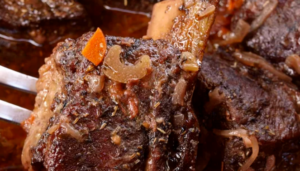
As a continuous rack, pork ribs are relatively limited in their preparation possibilities. Except, when cigarette whole racks, bake in the oven, or bake on the grill, they are just right and delicious. And for many people there is importance in what they want with it. Their taste is more absolutely seasonal, whether they are just pieces of wood used, a creationist Lizard of chili and cider glaze, or a simple dry Lord. Except, due to their small size and short bone spurs, they are rarely divided into important pork products.
Beef ribs, on the other hand, extend to several preparation apps. There are countless receptions in short ribs. In addition to the stew recipe in the classic red wine, the Slice also makes quick walks, preparing pieces of undercooked meat that are ready to shrink salads, bowls, and noodles and place them on top.
In addition, classic steaks are obtained from ribs — aptly named Rabai, but also Tomahawk. The Lord did not tell you that the section is the one thing that is used for roasting, and it also reflects the usefulness of the section. All of them will look far from the ribs of pork, but they all come from the ribs area of the animal.
Each cut takes on a distinct culinary tradition
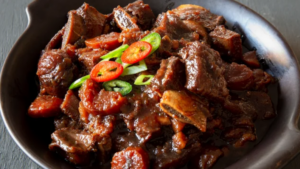
Both pork and beef ribs are outstanding in dozens of general American preparations, but they are also used in many global recipes. In Asian international cuisine, pork ribs are usually braced. Korean maeon Duji glebjam delicately cooks the cut in spices with sharp peppers, bringing it to tenderness and full taste. Upside down, the ribs in Chinese food are boiled and prepared in a sweet and sticky glaze. And in Thailand, pork ribs are gently roasted in an aromatic sauce, to get a Chevy season.
Especially in short ribs maidens, beef ribs incorporate several culinary methods. From seasoned beef rendering, roasting in French-style red wine or Pakistani Nahari stew, which uses ribs or shank, beef ribs offer aromatic recipes around the world.
East Asian preparations show the possibilities of a quick walk to the ribs. L.A. Style Glebe is a special type of beef short ribs that are cut and made for the grill, marinated, and quickly printed on skewers to give time for Korean BBQ. Matching preparations also take place in Japan, which are a tribute to various preparation possibilities for beef ribs.

